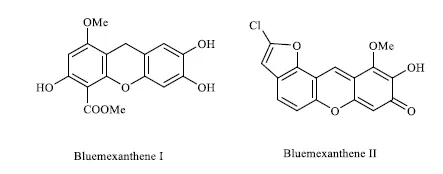
Advances in Organic Synthesis
Volume 16
Atta-ur-Rahman
- English
- ePUB (mobile friendly)
- Available on iOS & Android
Advances in Organic Synthesis
Volume 16
Atta-ur-Rahman
About This Book
Advances in Organic Synthesis is a book series devoted to the latest advances in synthetic approaches towards challenging structures. The series presents comprehensive reviews written by eminent authorities on different synthetic approaches to selected target molecules and new methods developed to achieve specific synthetic transformations or optimal product yields. Advances in Organic Synthesis is essential for all organic chemists in academia and the industry who wish to keep abreast of rapid and important developments in the field. Contents of this volume include these 7 reviews: - Recent advances in copper-catalyzed heterocyclic syntheses
- Application of modern green chemistry methods in the synthesis of quinolines, quinazolines and quinazolinones
- Electroluminescence polymers-a review on synthesis by organic compounds
- Multicomponent approach for the synthesis of xanthenes
- From atoms to macromolecules: 100 years of polymer research
- An overview of oxidizing and reducing agents in total synthesis
- Amino acid-derived ionic liquids: novel biodegradable catalytic systems for green synthesis of heterocycles
Frequently asked questions
Information
Multicomponent Approach for the Synthesis of Xanthenes
Ankita Chaudhary1, *
Abstract
* Corresponding author Ankita Chaudhary: Department of Chemistry, Maitreyi College, University of Delhi, Chanakyapuri, New Delhi-110021, India; E-mail: [email protected]
INTRODUCTION

Structure of 9H-Xanthene/ dibenzo[b,e]pyran

Example of Natural Xanthenes